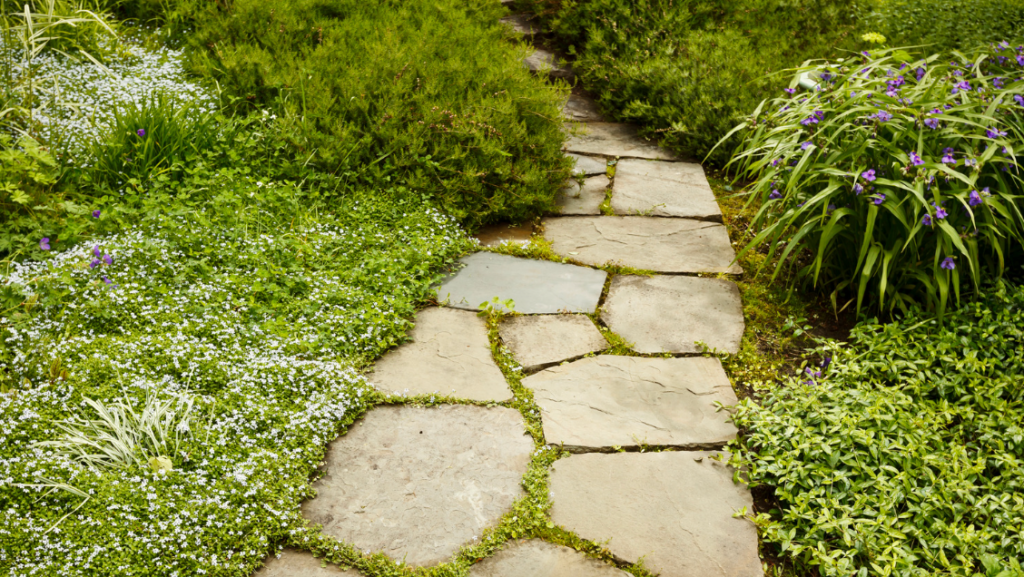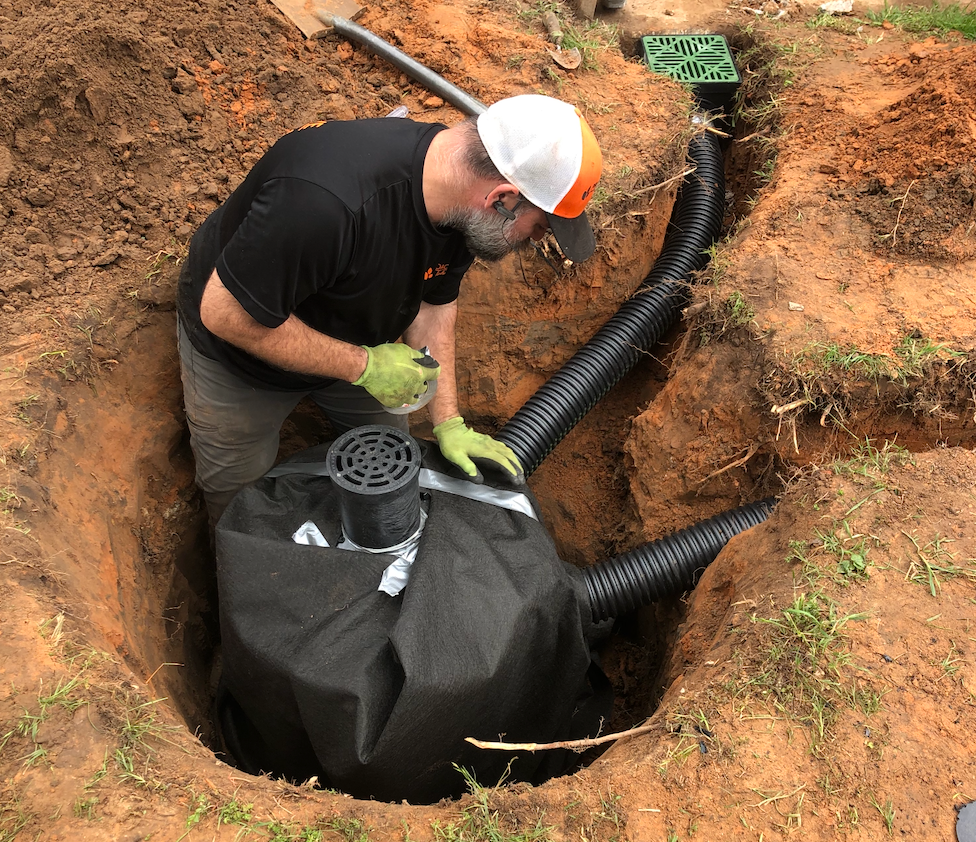
The landscaping industry has seen an explosion of new products and services in the last 50 years. Prior to that time, landscaping was only within the reach of the affluent.
Heavy machinery and skilled labor were required to install trees and shrubs that were harvested from local nurseries. The digging, transporting, and replanting of the plants was a significant undertaking due to the weight of the balled plants that were manually dug, wrapped, and hand-tied in burlap.
If you required brick or stonework, skilled masons and other tradespeople were required. They knew how to shape these natural and often irregular materials. The inherent imperfections of natural stone and clay bricks gave patios, walkways, and walls hand-crafted charm.
Nowadays, faux brick and stone products are much more common. Trees, shrubs and perennials are often grown in containers rather than local fields. All these changes have made landscaping and hardscaping much more accessible.
There’s just one problem.
Now you need to know more about how to choose landscaping and hardscaping that lives up to your expectations for beauty and longevity. You need to know where longevity lives in hardscaping and landscaping.
Longevity And Beauty Work Together
Did you know that the term hardscaping did not even exist until the late 1980s?
Before then hardscapes were made with clay bricks and natural stone materials. The more modern concrete brick pavers and wall blocks common today are made to exacting standards for longevity and fitness for use. There are reasons for this shift.
Unlike the hardwood or tile floors inside your home, hardscaping projects must consider changing environmental conditions. Besides foot and vehicle traffic, subsurface movement occurs when soils shift. In Oklahoma, this is often due to the natural movement of sandy, clayey, and loamy soils after heavy rains.
Despite these challenges, many people still choose natural stone and clay pavers for their beautiful colors and charm. The patina of slightly worn flagstone pavers exudes style and craftsmanship.
No matter which materials you select, it’s crucial to understand one key aspect: the importance of a proper base. There is no “one size fits all” solution for hardscaping. Some patios and walls require concrete or steel footings, while others perform equally well on a compacted granular base. Ensuring the right foundation protects your hardscaping investment.
This is a problem that requires foresight and experience to solve. While everybody appreciates what they see on the surface, there is at least equal value in what supports it below that surface. Here’s why it is important.
If the foundation of a hardscaping project fails, the entire feature falls apart. The cost to repair it is the cost of the original installation and the cost to properly install it. Add to this the cost of new materials in most situations.
Thus, the cost of fixing most hardscaping projects to remedy faulty foundations is often more than double what it would have been to do it right the first time. To say that there is greater value below the surface of most hardscaping projects is an accurate statement.
More Than Half Of Landscaping Value Lives Below The Surface
Unsurprisingly, this is true for virtually all of your landscaping and supporting systems too. Each component system is vitally important to the longevity of the collective systems that make your outdoor living spaces attractive and functional.
Site Planning – Properly siting a home to maximize views and access increases the value of its indoor spaces and outdoor environment. Depending on the history of the site, the soil quality and root systems of native plantings can be preserved, thereby preserving what only Nature can do for a property. This service is often done by an architect, but ideally it should involve an experienced landscape architect and horticulturist.

Drainage Measures – Every home relies on surface drainage measures, such as pitching the slope of the ground away from the home. Many sites will require subsurface drainage measures, with the typical solution being foundation drainage and a sump pump. When they are desperately needed to solve chronic drainage problems, homeowners may be willing to pay whatever is necessary to enjoy the value of these systems that others may take for granted.
Soil Preparation
There’s a saying in the landscaping industry that reminds us of the importance of soil preparation: Put a $10 plant in a $35 hole.
Once again, what we see above the surface is what we value most. Few homeowners will willingly invest in extensive soil preparation, but high profile municipalities do it freely for seasonal plantings because it practically guarantees the success of those floral displays.
Locally Grown Plants – Ornamental trees raised here in Oklahoma have root systems that have adapted to our soils and environmental conditions. The source of most tree failures is soil prep and weak root systems. The best combinations are locally grown plants with careful soil preparation on sites where every necessary drainage measure has been carefully planned.
Lighting Systems – Copper wiring and connectors are expensive, and so are the connectors, but as with hardscaping, investing in better quality components adds incremental value. It not only ensures the longevity of the system, but also reduces system failures that may occur at the worst time, such as when soggy or frozen ground postpones repairs.
Irrigation Systems – Whether it’s wiring, valves, or pipe connectors, once again, it pays to get everything right the first time. In the case of irrigation systems, most of the components are inexpensive, and so is experience troubleshooting systems. Oklahoma homeowners simply want their system to work during hot summers when it may take a week or more to schedule them.
Proactive Landscaping: Helping Oklahoma Homeowners Enjoy Outdoor Living
Our top priority is creating living spaces that are right for you. We pride ourselves on working with you from concept to construction to create the right landscape for your needs. Contact us today for a free consultation to explore your next landscaping project.

